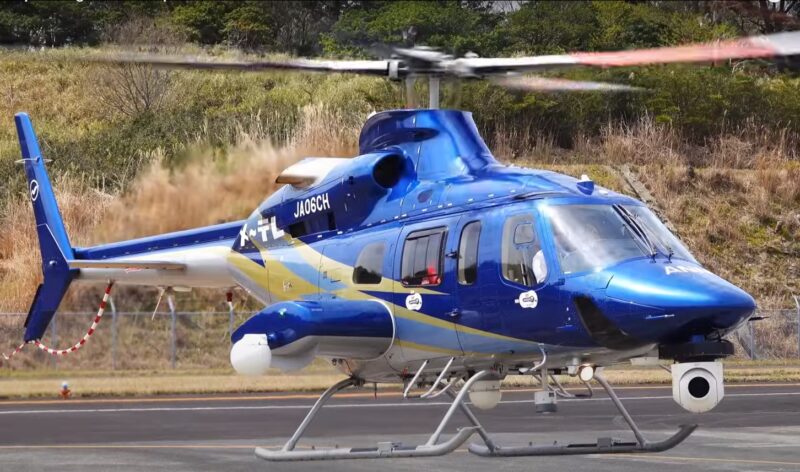Helicopters, those fascinating flying machines, can take us to places where planes cannot.
Whether you’re whisking across cityscapes or exploring remote natural wonders, helicopters offer a unique vantage point.
But have you ever wondered about the temperature inside a helicopter? Do they get too hot or too cold?
In this post, I will shed some light on how temperature affects helicopter flights.
Key Takeaways
How Do Helicopters Keep Warm?
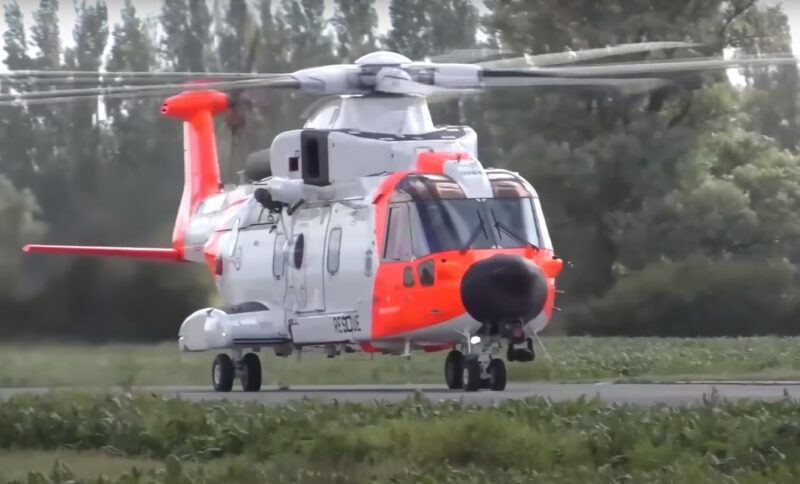
When flying in chilly conditions, helicopters rely on heaters to keep the cabin cozy. These heaters work by pulling air from around the engine, which is then used to warm up the cabin.
This system is especially crucial in environments where temperatures can plummet to as low as -40°F.
Not only does it keep passengers comfortable, but it also prevents the windows from fogging up, ensuring the pilot has clear visibility.
What Happens in Extremely Cold Conditions?
Despite having heaters, helicopters can face challenges in maintaining a comfortable cabin temperature when the mercury dips below 0°F.
In such cases, the heating system might struggle to provide sufficient warmth.
That’s why passengers are advised to dress warmly, in layers, and consider wearing hats and gloves during their flight.
It’s all about preparing for the cold, much like dressing for a winter day outdoors.
Can Helicopters Stay Cool in Heat?
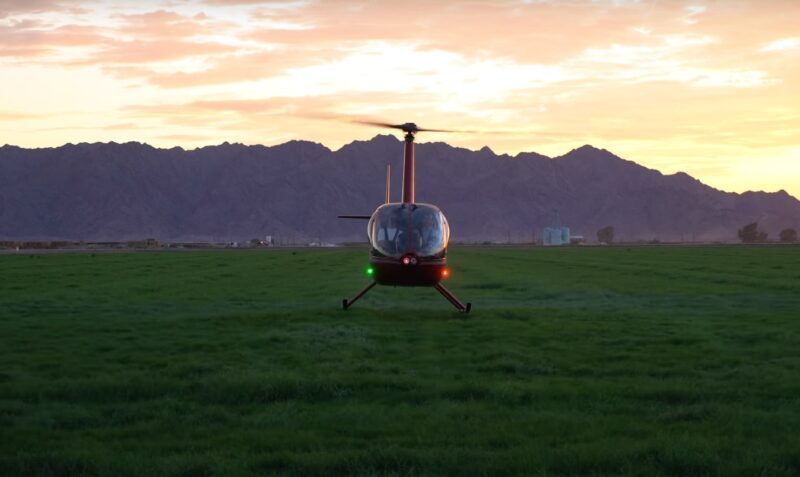
On the flip side, helicopters can get quite warm, especially when sitting on the ground with the engine running or when flying directly into the sun.
To combat this, helicopters can be equipped with air conditioning systems. However, these systems add extra weight and cost, and they draw power from the transmission.
Despite these drawbacks, air conditioning is common in helicopters used for VIP transport and medical evacuations, ensuring that passengers stay cool and comfortable.
Cooling Measures for Hot Days
Pilots have their tricks for keeping the cabin temperature down on sunny days. Many install sunshades to reflect heat away from the cabin while the helicopter is parked.
This simple measure can make a significant difference in maintaining a cooler environment inside the helicopter.
Temperature Regulation During Flight
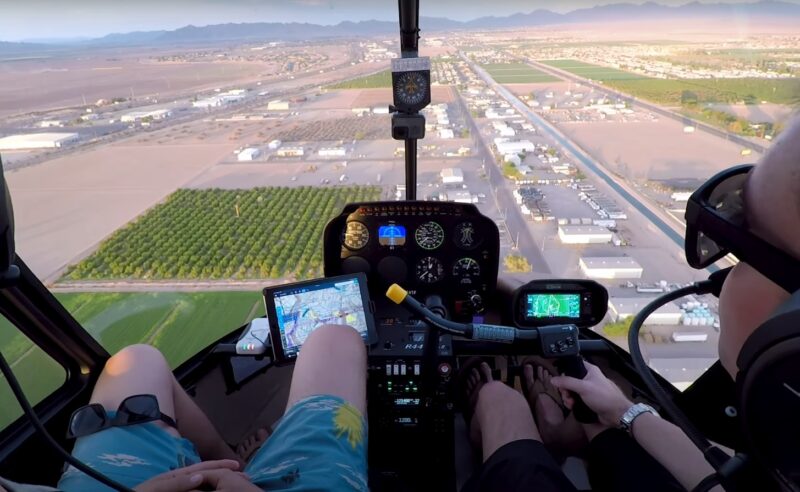
In flight, helicopters can usually maintain cabin temperatures within a comfortable range of 50-80°F.
Achieving this balance requires careful management of the helicopter’s heating and cooling systems, if available.
Passengers should consider the expected temperatures when dressing for their flight, preparing as if they were going to spend time outdoors in the destination area.
Safety Tips for Dressing on Flights
- Layering: Wear layers that can be easily adjusted based on the cabin temperature.
- Footwear: Choose closed shoes over sandals to protect your feet and adhere to safety guidelines.
- Loose Items: Avoid wearing loose clothing and accessories like hats and gloves during flights with open cabin doors for safety reasons.
Weather’s Impact on Flights
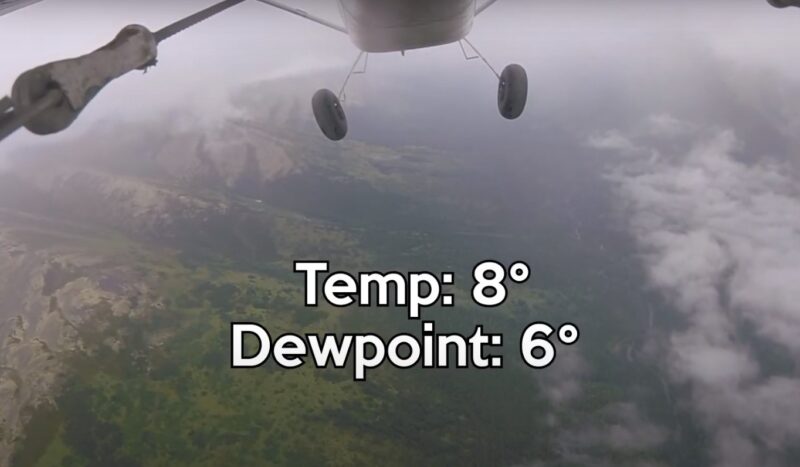
Weather plays a significant role in the safety and performance of helicopter flights. Pilots must consider various factors, including precipitation, humidity, fog, winds, and storms, before taking off.
These elements can affect visibility, performance, and the helicopter’s ability to navigate safely.
Weather Considerations for Safe Flying
- Precipitation: Rain, snow, and hail can obstruct visibility and create slippery conditions.
- Humidity: High humidity levels can decrease helicopter performance, necessitating adjustments.
- Visibility: Fog and clouds can significantly reduce visibility, challenging takeoff and landing operations.
- Wind: Wind direction and speed can impact a helicopter’s performance, especially during hovering and climbing.
- Storms and Lightning: Flying in rough weather conditions is risky and generally avoided.
Training and Preparedness for Adverse Conditions
Pilots undergo extensive training to handle a variety of weather conditions. This preparation is essential for ensuring the safety of both passengers and the helicopter itself.
Knowing how to react to sudden weather changes or mechanical issues related to temperature effects is a critical skill for any helicopter pilot.
The Role of Helicopter Insurance
Just as cars need insurance for protection on the roads, helicopters require insurance to cover potential damages and injuries.
Weather-related incidents, while rare, can happen, and having proper insurance is a safeguard against the unexpected.
It covers equipment damage and provides injury coverage, ensuring peace of mind for both operators and passengers.
Maverick Helicopters
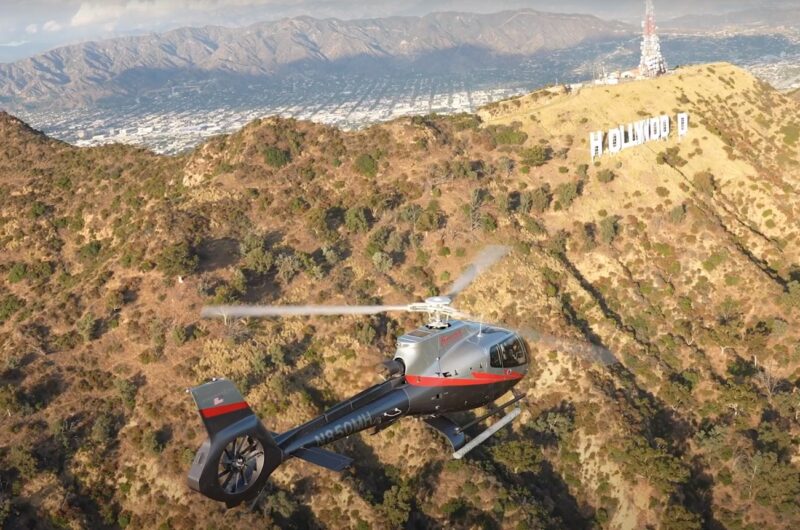
Maverick Helicopters stands out as a reputable tour company that operates in diverse climates, from the hot deserts of Las Vegas and the Grand Canyon to the tropical settings of Hawaii.
Their commitment to passenger comfort and safety is evident in their choice of helicopters equipped with temperature regulation features and their adherence to strict weather-related flight protocols.
Choosing a reputable company like Maverick Helicopters can enhance your flying experience, ensuring it’s both enjoyable and safe.
Why Weather Significantly Impacts Helicopter Flight Safety
The intricate dance between helicopter performance and weather conditions cannot be understated.
Weather not only influences the comfort of passengers but also plays a decisive role in the operational capabilities of the helicopter.
Pilots and operators must constantly monitor weather forecasts and conditions to make informed decisions about flight schedules, routes, and necessary preparations.
FAQs
Can passengers control the temperature inside a helicopter?
In most helicopters, temperature control is managed by the pilot, but passengers can request adjustments for comfort.
Do helicopters have windows that open to allow fresh air in?
Some have windows that can be opened slightly for ventilation, but this is typically controlled by the pilot for safety reasons.
Is the temperature different in the front and back of the helicopter?
Yes, the temperature can vary within the cabin, with the front near the cockpit often being warmer due to proximity to the engine and controls.
How do helicopters prevent window fogging in humid conditions?
Helicopters use cabin heaters and air circulation to reduce humidity and prevent window fogging, ensuring clear visibility.
Are helicopters equipped with humidity control systems?
While not specifically designed for humidity control, the heating and cooling systems in helicopters indirectly manage humidity levels inside the cabin.
Can I bring a blanket for a helicopter tour in cold weather?
Yes, passengers are usually allowed to bring small blankets for personal comfort during colder flights, but it’s best to check with the operator beforehand.
Final Words
Helicopters are versatile and capable of flying in a wide range of temperatures, from the cold depths of winter to the sweltering heat of summer.
While they are equipped with systems to manage cabin temperature, external conditions can pose challenges.
Whether it’s wearing extra layers in the cold or relying on air conditioning and sunshades in the heat, both pilots and passengers play a role in ensuring a comfortable flight experience.
Knowing how weather affects helicopter flights is crucial for safety and comfort, highlighting the importance of preparation and knowledge for anyone taking to the skies.
